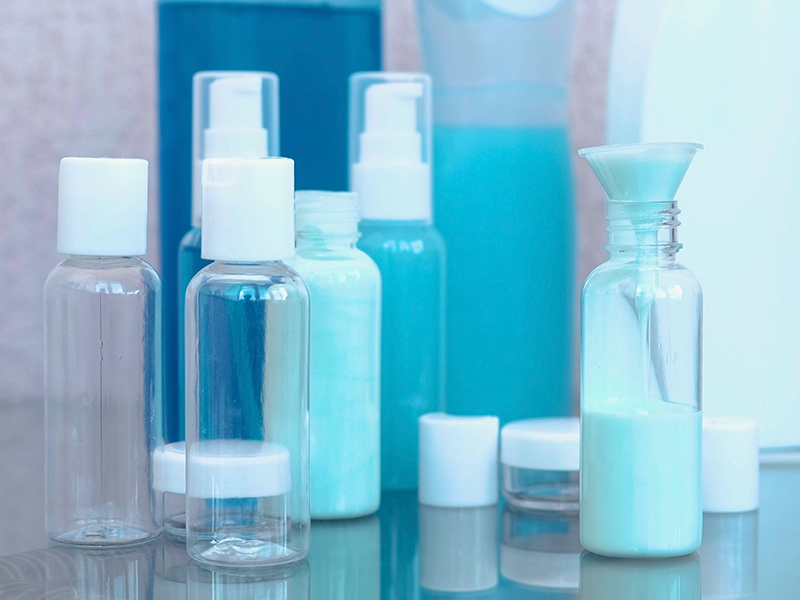Sustainability demands add impetus to $28.2 billion global re-use and refill packaging market
Regulatory changes, including the recently agreed PPWR, is fueling the evolution of reusable and refillable packaging as an alternative to single-use plastics. This is creating challenges of packaging designers, retailers, and logistics operators – which must be overcome if re-use packaging is to become a plausible solution in new applications.
The latest exclusive data available in the new Smithers report –
The Future of Reusable and Refillable Packaging to 2029 – show that in 2024 global value will reach $28.20 billion.
Across all segments future growth is forecast at a +4.6% compound annual growth rate (CAGR) to 2029, yielding a market value of $35.36 billion in its final year.
Globally the market is dominated by existing re-use/refill bottles formats (glass, PET, metal), and industrial transit formats (drums and rigid intermediate bulk containers (IBC), etc). These are mature segments that will see incremental growth across the Smithers forecast period.
In contrast, the most exciting area of the market however are new consumer re-use and refill concepts. While still a nascent segment, Smithers data modelling show sales will increase at +15.0% CAGR to 2029, more than doubling in value, and approaching $1 billion in sales by the end of the decade. This covers a range of new business options for consumer goods – refill at home, return from home, and refill in store.
These models are becoming especially popular in personal care and home cleaning markets, with major CPG firms competing with dedicated e-commerce sellers. Penetration is being driven by the desire to experiment and provide a tangible proof to customers of the brands commitment to a more sustainable future for our planet.
For packaging designers there is a need to innovate, providing more resilient pack designs that can endure longer service lives, including multiple refillings without compromising functionality or aesthetics. This is fostering innovation for new refillable metal containers in particular, durable plastics, as well as more robust caps and dispensing fixtures.
For these concepts to be effective, Smithers identifies four key priorities for pack design:
- Optimizing convenience for the purchaser
- Carefully balancing price and functionality
- Creating consumer incentives
- Linking seamlessly to integrated logistics and support tools.
As this happens, CPG brands are increasingly using smart technology to enhance the user experience, with services such as automatic refill deliveries for registered subscribers.
Europe is poised to expand its existing re-use systems following the recent agreement of the EU’s Packaging and Packaging Waste Regulation (PPWR). It will require all member states to establish deposit return schemes for plastic and metal drink packaging from 2029, closely followed by mandatory targets for 10% re-use formats in most beverage segments from 2030. This will stimulate significant investment across the region, and provide practical exemplars for how and when re-use/refill models can contribute to wider circular economy goals.
The Future of Reusable and Refillable Packaging to 2029 from Smithers is available to purchase today.
It includes detailed analysis of re-use/refill business models, the evolving regulatory landscape, best-use concepts, and emerging commercial challenges for packaging converters, retailers, and CPG brands. This is quantified via a comprehensive dataset segmenting this rapidly developing sector by:
- Packaging sector: Industrial/transit; Mature consumer; Developing consumer
- End-use application: Drinks; Industrial/transit; Home care; Cosmetics & personal care
- Packaging material: Plastics; Glass; Metal
- Geographic region: Western Europe, Eastern Europe, North America,
- South & Central America, Asia-Pacific, Middle East & Africa.
